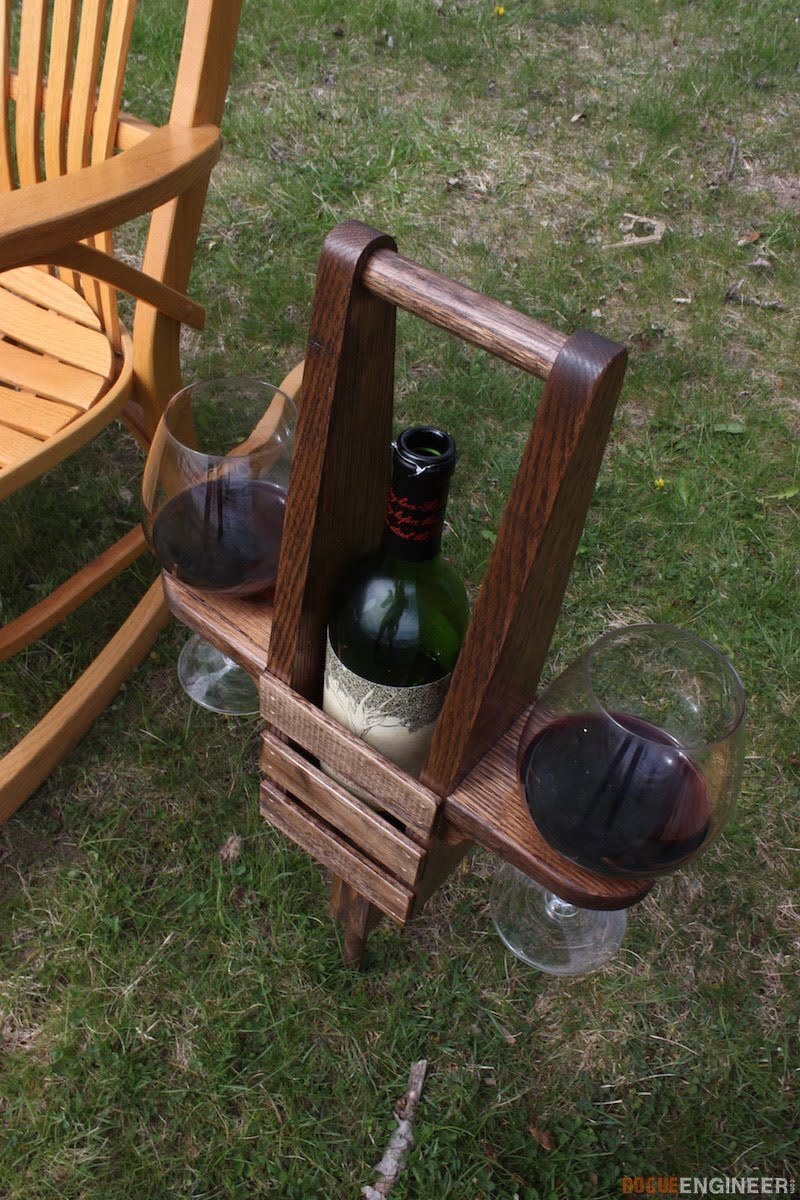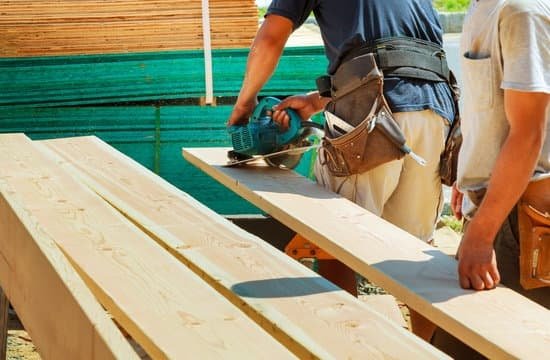Introduction
The Woodworking Merit Badge is a valuable and distinguished recognition for scouts who demonstrate a high level of skill and proficiency in woodworking skills. There are several advantages to earning the Woodworking Merit Badge. It demonstrates not only a knowledge of a craft or art, but also personal commitment developed by taking the time to learn this versatile skill. This badge proves your understanding of hand tools, power equipment, and project planning. As an accomplishment, it is one that you can take pride in as you continue your journey of recognizing excellence through scouting. Aside from becoming familiarized with the creative art forms used in working with wood, this badge allows scouts to explore how construction works and how structures are held together through different types of bonding methods such as glue, screws, or nails. Earning the Incentive adds practical knowledge on what types of woods work best for certain projects. It also affords scouts the opportunity to showcase their creativity by designing and constructing their own projects such as birdhouses, cutlery boxes and small furniture pieces for their homes or for charity gifts.
Understanding the Woodworking Merit Badge
The Woodworking Merit Badge is an advancement program in Boy Scouts of America (BSA). It has been designed to help scout members develop greater skill, knowledge and proficiency in the craft. The badge can be earned by scouts who have completed specific requirements, thereby learning different woodworking procedures and gaining new skills.
Requirements for earning the Woodworking Merit Badge must be done under the guidance of a qualified merit badge counselor. Scouts must demonstrate that they understand safety precaution and know basic principles of woodshop operations, such as sharpening tools, grain direction, proper sawing techniques, common joinery methods, types of finishes and different types of wood.
In addition to understanding the fundamentals of wooden workmanship and following correct building processes, scouts will also need to show their ability to design a project that is within their current abilities; build it with appropriate instructions or design drawings; properly finish a project with one or more traditional wood finishes; safely utilize multiple woodworking machines; as well as identify at least ten common woods used today.
In order to earn the Woodworking Merit Badge, Scouts must complete all requirements documented in the official Boy Scouts of America’s handbook. Furthermore, in order to receive credit towards ranks advancement after completion of the badge requirements ,the application form must be signed by a scout leader and merit badge counselor prior submission to unit leaders for approval.
What You Need to Prepare Before Starting the Woodworking Merit Badge
Before starting the Woodworking Merit Badge, it is important to do some preparation. Learning the basics of woodworking and understanding the tools available should be done before beginning work on any project. You should research different types of woods, their characteristics, and how they can best be used in different projects. Additionally, you should familiarize yourself with basic carpentry techniques such as sawing, sanding, nailing, and gluing. Knowing how to safely use these tools is also essential. Additionally, you should make sure that you have a safe place to work where there are no distractions or risks of injury – power tools must only be operated by adults or under adult supervision. Finally, it is important to plan out the project thoroughly and make sure that you have all materials needed beforehand so that you are prepared for every step of the process.
Building a Woodworking Reserve
One of the first steps to creating a successful woodworking reserve is finding or making the materials needed to complete the project. For example, if you are building something with plywood, you will need to decide what thickness of wood you need and where you can obtain it. You may also need additional components such as screws, hinges, pieces of metal, and many more items which can be easily purchased in most hardware stores. If you cannot find exactly what you need in your local store, there are a variety of online retailers that specialize in woodworking supplies and materials that can be shipped directly to your home. Additionally, making the necessary components is an often overlooked option; with some simple tools and programs online anyone can make custom designs tailored specifically for their project. With just a little bit of research and creativity, obtaining the materials needed for your woodworking project should be straightforward.
Practical Skills for Earning the Merit Badge
Woodworking is an incredibly rewarding activity, providing the chance to craft beautiful and unique works using only basic tools and skills. Earning the Woodworking merit badge requires a dedicated effort focused on practical skills needed for successful projects and demonstrating an understanding of safety protocols.
When completing projects for the merit badge, knowledge of essential woodworking techniques is a must. This can include skills such as cutting through wood with saws, making precise measurements, correctly fastening pieces together, efficiently sanding boards, staining or painting wood surfaces, and any other techniques related to working with wood. Furthermore, when crafting items for the merit badge applicants are expected to show skill and careful attention to detail deemed worthy of a merit badge level result. Following plans or blueprints will often help in demonstrating this craftsmanship requirement.
Finally, understanding basic safety protocols is essential for any aspiring young woodworker. Precautions need to be taken to ensure that saws and other tools are used properly without causing harm to users or others in the area. Appropriate attire including gloves and eyewear should always be worn when possible too minimize risk of injury from splinters and powered devices (guardless of prior experience). Observing all safety notices shown on tools can help protect oneself from harm as well as provide an important learning opportunity about following instructions carefully.
Test Your Knowledge
The Woodworking Merit Badge is a great way for Scouts to learn about the basics of woodworking and how to safely use carpentry tools. It consists of requirements such as selecting, drawing up, and carrying out a project; examining and describing wood grain types; discussing hazards related to working with power tools and machinery; understanding tool sharpening fundamentals; and recognizing appropriate wood joint types. Completing these requirements will give you an invaluable skill set that can be used for future projects in Scouting or in life beyond.
Before embarking on the journey to earning the Woodworking Merit Badge, it’s important to self-assess your knowledge of the concepts outlined in the requirement list. Do you have experience using carpentry tools? How much do you know about reading plans and carrying out a project from conception to completion? Do you understand all the safety protocols necessary when operating machinery? If after conducting this evaluation, some of the material appears intimidating, don’t worry! Learning these skills can be difficult at first but with patience and practice they will become second nature in no time.
Once comprehending the material is achieved, then it’s time to start gathering materials necessary for building your first project. Consider consulting local hardware stores or even family members who may possess woodworking skills that can help ensure success as you get started. Furthermore, utilizing some resources found online is also recommended as there are videos available for learning various aspects of woodworking such as safety tips on using machines or diagrams on how to create specific joints. Familiarizing yourself with such educational videos will definitely prove helpful during assessment by counselors when working issued tasks in order to obtain the merit badge. Good luck!
Tips for Helping Your Scout Earn the Woodworking Merit Badge
1. Start with a plan: Before beginning on any woodworking project, it’s important to create a comprehensive plan that will serve as an outline of the project’s goals and objectives. Clear instructions and proper planning are essential for successful woodworking.
2. Prioritize safety: It’s critical that scouts understand and prioritize safety in their projects. Make sure they always follow safety protocols when working with tools, and also make sure that any work spaces are kept clean.
3. Have the right tools: Make sure your scout knows how to properly use all of his or her tools, from hammer and saw to drill and clamps. It is also vital to ensure your scout has the right supply of materials for their project, such as glue, screws, nails, sandpaper and saw blades.
4. Show care during assembly: Woodworking requires accuracy in measuring, cutting, joining and finishing any project pieces together. Encourage your scout to take time while assembling their pieces so they have less chance of coming apart later on down the line.
5. Finish strong: Applying stains or varnishes can significantly improve a woodworking project’s appearance. You can show your scout some tips on how to sand down any rough edges before applying paint or stain; this will ensure their work looks professional upon completion!
FAQs about the Woodworking Merit Badge
Q: What skills will I learn if I earn the Woodworking Merit Badge?
A: Earning the Woodworking Merit Badge gives you a great introduction to woodworking, including instruction on understanding woodworking plans, basic tool safety, types of joints and adhesives, wood finishing and proper storage of equipment and supplies. Additionally, you will gain experience in making a variety of projects with basic hand tools such as saws, chisels and sandpaper. You’ll also learn the basics of shop math so you can make accurate calculations when using measurements and formulas. Finally, you’ll get an understanding of wood joinery techniques that can be used in your future woodwork projects.
Resources for Further Study and Assistance
For those who are pursuing the Woodworking Merit Badge, there is an abundance of available resources that can help you learn and satisfy the requirements for the badge. The following should provide a helpful starting point:
1. Online Resources: There are many websites devoted to woodworking. These include tutorials, instructional videos, and blogs from woodworking experts. Carpenters’ professional organizations and online stores typically have plenty of information as well. Look for reputable websites with well-established credentials when referring to such resources.
2. Books: Traditional books are another great source for expanding your knowledge of woodworking techniques and aspects of the trade that may not be covered in online resources alone. Check local bookstores or online outlets for comprehensive instructional books written by experienced professionals.
3. Hands-on Experience: Attending workshops or participating in apprenticeships offered by carpenters’ guilds or other organizations is one of the best ways to gain experience and fully appreciate all aspects of carpentry workmanship before attempting a project on your own. Such hands-on sessions can also provide valuable contacts who may be helpful in providing additional expert advice along your path to completing the Woodworking Merit Badge requirements.
4. Mentor/Expert Advice: Even if you have already completed some projects on your own, it’s always wise to seek out advice from a mentor or expert prior to taking on more difficult tasks as part of fulfilling a merit badge requirement. Local carpenters, guild members, or contractors may be willing to provide such insight—especially after witnessing firsthand any products you’ve manufactured during earlier practice runs with smaller-scale items like birdhouses or cabinets crafted within your own workshop or garage workspace at home!
Summary
The Woodworking Merit Badge is an excellent way to learn valuable skills related to woodworking. Earning your Woodworking Merit Badge requires a great deal of hard work and preparation. To be successful in obtaining this badge, you must first participate in the required activities listed by the Boy Scouts of America. These activities include: demonstrating basic woodworking safety rules; building two woodwork projects, one small and one larger; identifying various types of woods used for woodworking projects; identifying the steps needed to design, plan and build a woodwork project; discussing how wood is cared for and preserved; understanding the historical significance and ethical implications of woodwork projects; demonstrating basic tool skills for use with a variety of tools; completing an original design plan for a large project previously approved by a merit badge counselor. Once successful completion of these requirements have been met, you will officially earn your merit badge!

Hi everyone! I’m a woodworker and blogger, and this is my woodworking blog. In my blog, I share tips and tricks for woodworkers of all skill levels, as well as project ideas that you can try yourself.





